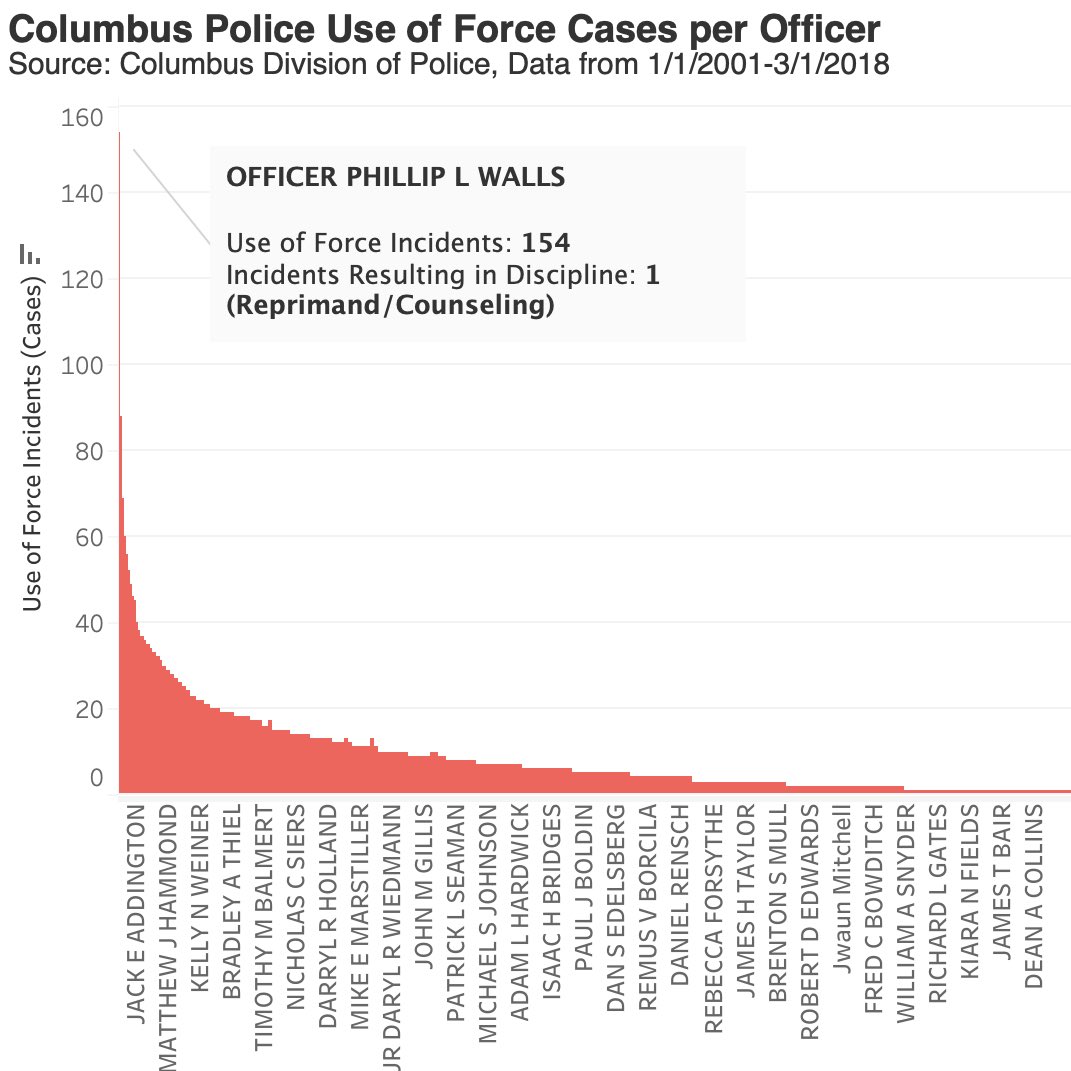
The FBI might end their use of force data collection program without posting any of their data. It’s probably because of what their data would say about policing. A thread. (1/x)
https://twitter.com/jnixy/status/1468938400103374850
Back in 2015/16, the FBI started a use of force data program after Fatal Encounters and Mapping Police Violence, then WaPo and the Guardian, embarrassed the feds by tracking 2-3x more police killings than the ~400 cases/year the government claimed existed. mappingpoliceviolence.org
The federal program tracks killings *and* serious injuries by police. In states that already track this data (like CA), there are *even larger racial disparities* than in killings data alone. HALF of all people harmed in these incidents are UNARMED. data-openjustice.doj.ca.gov/sites/default/… 

The FBI didn’t want that data to ever be made public. They adopted an internal rule (during the Trump admin) that they wouldn’t share data on any police dept until 80% of the nation’s law enforcement joined the program voluntarily. That is not happening anytime soon, if ever.
It’s never been more than 55% participation in the program, at that level FBI won’t share anything useful at all. They even adopted *another rule* that they wouldn’t source info from other databases like Mapping Police Violence/FE that post 95% of all police killings online. So…
The FBI program isn’t happening. Not because they couldn’t do it. They *already* collect data on crime and assaults on officers from 12,000-15,000 police departments every year - and they choose to post *that* data online. They just chose to keep data on police violence secret.
Good news is we don’t need the FBI to tell us anything about police violence, they have no interest in transparency. But 22 states now have their own use of force data collection programs. And crowdsourced databases provide better data on killings by police than the government.
• • •
Missing some Tweet in this thread? You can try to
force a refresh







